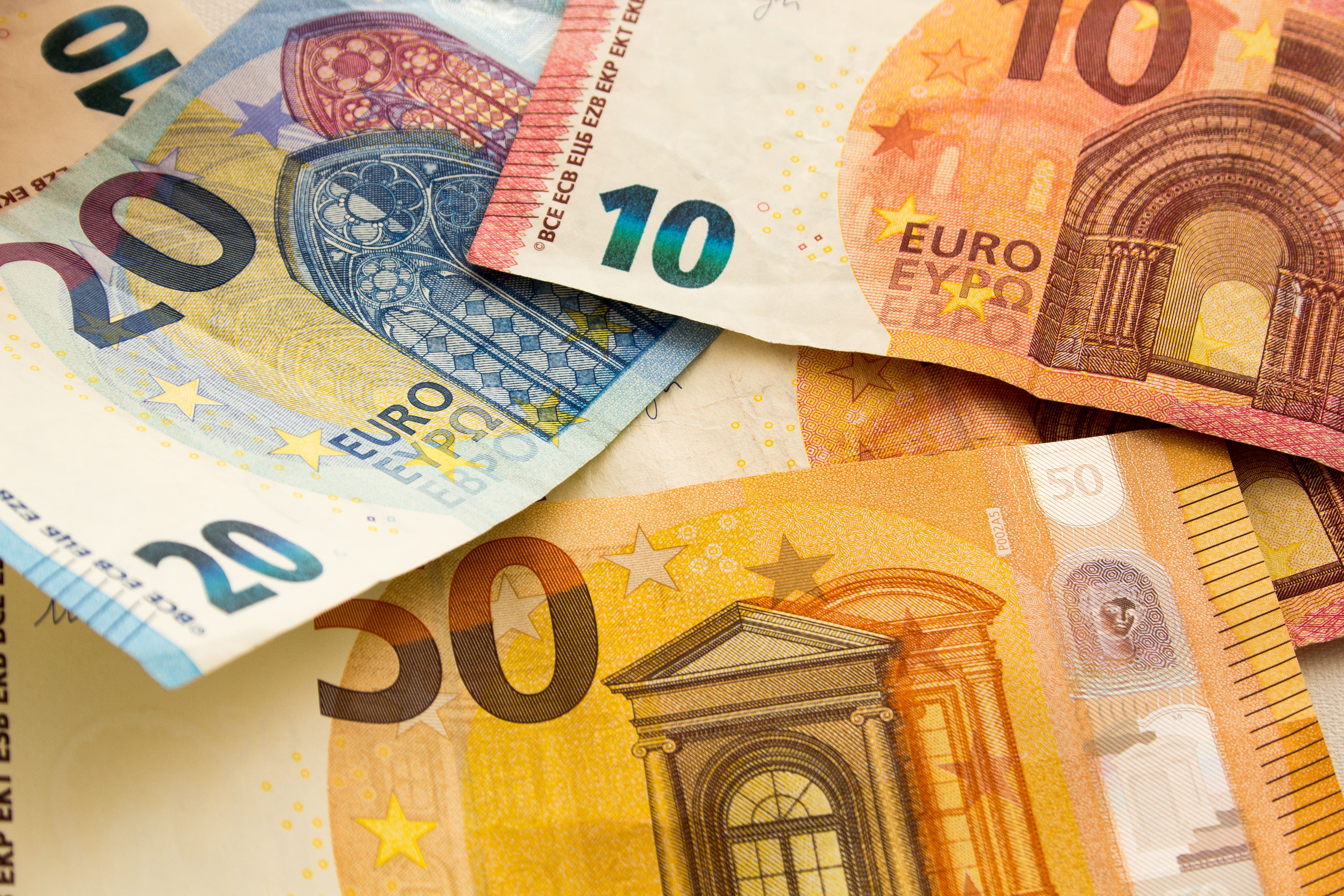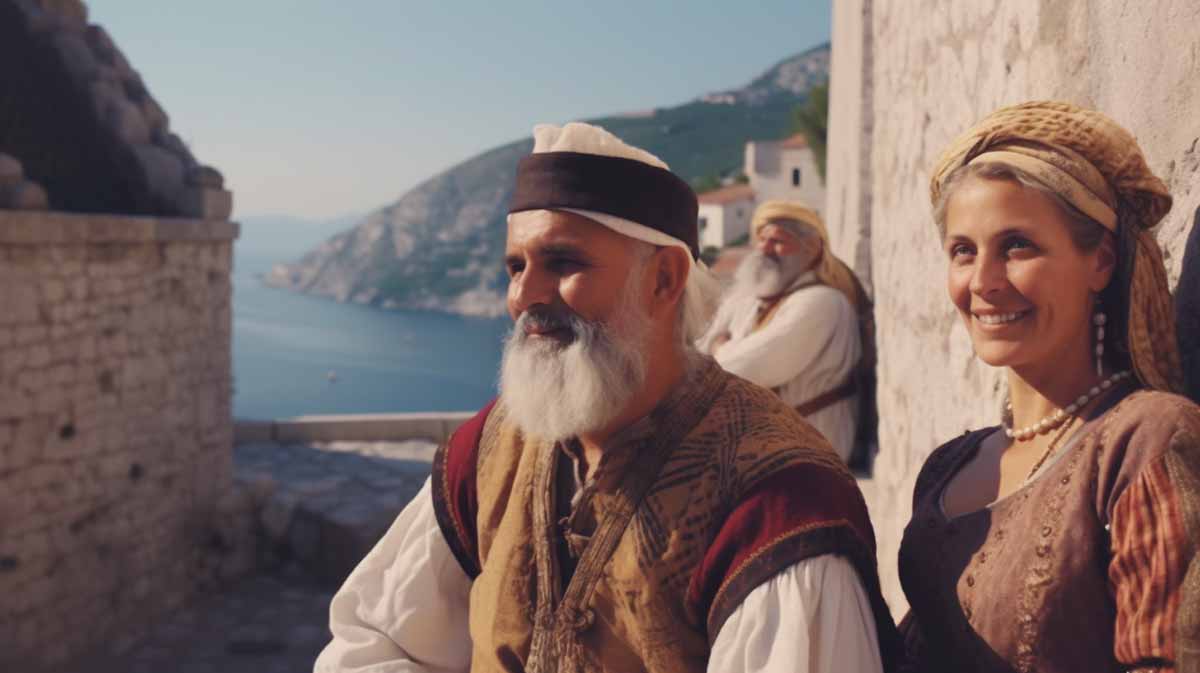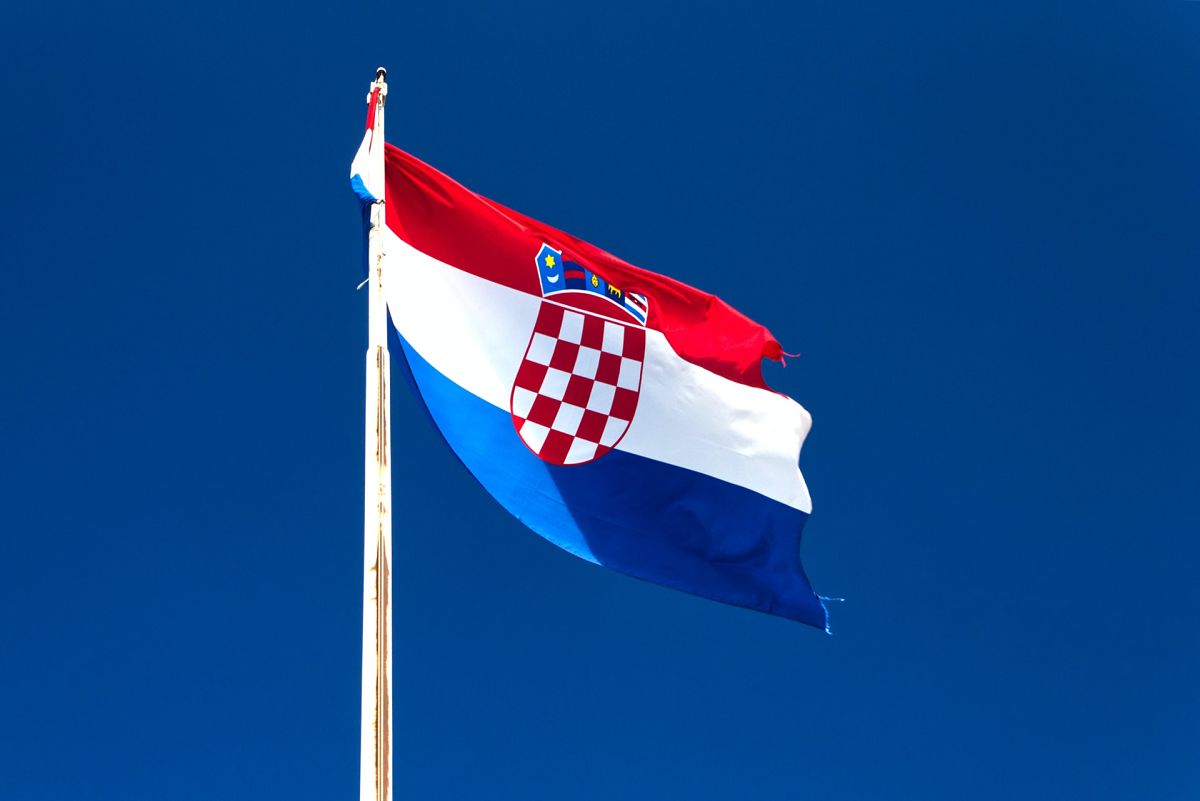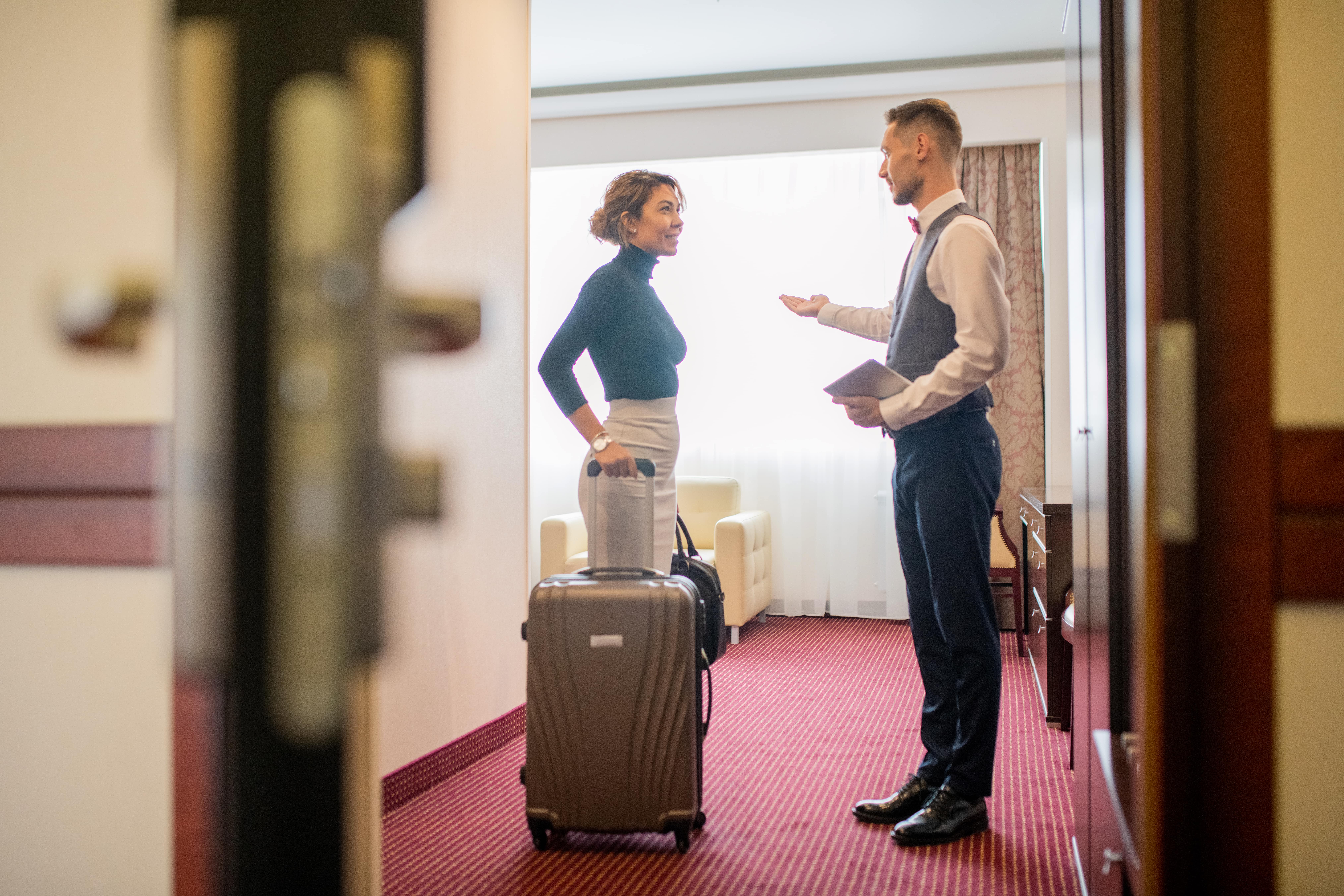The weather in Croatia can vary depending on the region and the time of year, but generally, Croatia experiences a Mediterranean climate along the coast, characterised by hot, dry summers and mild, wet winters. Inland regions, such as the capital city Zagreb and areas near the Dinaric Alps, have a continental climate with more distinct seasons, including hot summers and cold winters. Here's an overview of the weather in Croatia throughout the year:
• Spring (March to May): Spring in Croatia brings mild temperatures and blooming vegetation. Temperatures gradually warm up during this time, with daytime highs ranging from 15°C to 25°C (59°F to 77°F) along the coast and slightly cooler temperatures inland. Spring is a pleasant time to visit Croatia, with fewer crowds compared to the peak summer months.
• Summer (June to August): Summer is the peak tourist season in Croatia, with warm temperatures and plenty of sunshine. Along the coast, daytime highs often exceed 30°C (86°F), making it ideal for beachgoers and outdoor activities. Inland areas can also be hot during the summer months, although temperatures may be slightly cooler at higher elevations.
• Autumn (September to November): Autumn in Croatia brings mild temperatures and fewer crowds compared to the summer months. Daytime highs typically range from 15°C to 25°C (59°F to 77°F) along the coast, with cooler temperatures inland. Rainfall increases during this time, particularly in October and November, but there are still plenty of sunny days to enjoy outdoor activities.
• Winter (December to February): Winter in Croatia is relatively mild along the coast, with daytime highs averaging between 7°C and 15°C (45°F to 59°F). Inland regions experience colder temperatures, with occasional snowfall in higher elevations. Coastal areas may also experience strong winds and occasional rain showers during the winter months.
Overall, Croatia offers a diverse climate with something to suit every traveller's preference. Whether you prefer sunny beaches in the summer or exploring historic cities in the cooler months, Croatia's weather provides a beautiful backdrop for year-round travel.




